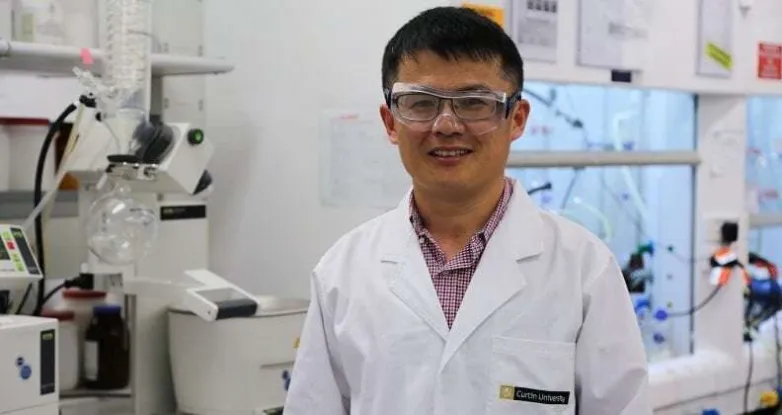Hydrogen research fuels new solar ideas for green energy
- New research led by Curtin University explores the use of methanol as a storage for hydrogen fuel, providing a potential green option for the extraction and creation of this zero pollution energy source.

Lead researcher ARC DECRA Fellow Dr. Guohua Jia, from Curtin's School of Molecular and Life Sciences and the Curtin Institute for Functional Molecules and Interfaces, said hydrogen energy was one of the cleanest renewable energy carriers naturally available, but the current process of extracting hydrogen from methanol may require harsh conditions, potentially resulting in carbon emissions.
"Our research is exciting because the strategy we used to extract hydrogen from methanol opens up the feasible avenue to develop a methanol-storable solar hydrogen fuel, through a process with a low carbon footprint," Dr. Jia said.
Methanol is low-cost, rich in hydrogen, and the manufacturing process of methanol can include renewable resources. However, traditional methods for hydrogen extraction from methanol generally require the methanol to be heated to a very high temperature, over 200 degrees Celsius, and reach a high pressure of about 25 to 50 bars.
"The usual process of achieving these results includes burning another fuel or using another type of energy to create the needed heat in order to breakdown the methanol, which may result in carbon emissions," Dr. Jia said.
To increase the 'green' aspect of using methanol as a source of hydrogen fuel, the Curtin-led research team looked into the possibility of using solar energy to break down methanol at room temperature and under normal pressure, using atomically thin single-layer molybdenum disulfide (MoS2) nanosheets.
Dr. Jia explained that in his team's extraction process, the MoS2 nanosheets act as photocatalysts, using the sun's light to extract the hydrogen from the methanol compound.
"This photocatalytic process proved successful, and we were able to produce hydrogen fuel from methanol through an environmentally friendly process, which was reliably workable under room temperature and under normal pressure," Dr. Jia said.
Co-researcher Dr. Zongyou Yin, from the Australian National University, explained that in order to complete this new process, the team developed new strategies that are capable of exclusively producing single-layer MoS2 nanosheets in large scale.
"When the single-layer MoS2 nanosheets were illuminated by the sun, the methanol molecules absorbed on the edges of nanosheets released hydrogen by decomposition, alongside the formation of formaldehyde," Dr. Yin said.
"Once the hydrogen is extracted, it can be used as hydrogen fuel, thus showing that methanol is viable as a hydrogen fuel storage solution, and the process of extracting the renewable resource can be done in a clean and green way."
The research paper, "Collodial Single-Layer Photocatalysts for Methanol-Storable Solar H2 Fuel," was published in Advanced Materials
Also read
- RAG Austria’s 100-MW Hydrogen Project Gains EU PCI Status
- Africa’s Green Minerals Fuel Solar Growth While Value Leaves the Continent
- JinkoSolar Nears 28% With TOPCon Efficiency Record
- Japan Tempers Perovskite Hopes, Plays the Long Game
- JA Solar’s interface hack pushes inverted perovskites to 26.7% efficiency

